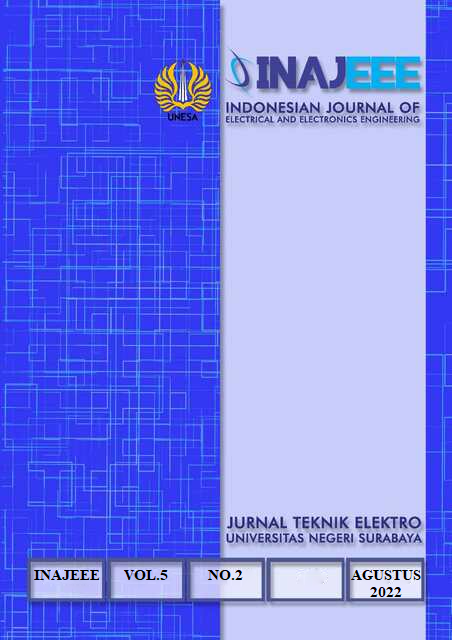Quality of Service (QoS) Comparative Analysis of Wireless Network
DOI:
https://doi.org/10.26740/inajeee.v5n2.p30-37Abstract
Nowadays the education sector has changed due to the covid-19 pandemic, but the government has tried to reduce this impact by providing WiFi in some areas. This article seeks to compare the quality of the internet network in an area that offers WiFi to the surrounding population, particularly students as a support for DL (Distance Learning), simulation, and the ideal scenario. In order to determine the quality of a network, one needs to consider the QoS (Quality of Service) metrics, which include packet loss, throughput, latency, and jitter. Using Wireshark (network analyzer software), this research collects data on the item to be investigated; the obtained data will be analyzed to determine the QoS of the WiFi service under investigation. In addition, this research will do network modeling and simulation using the opnet modeler (network simulation software), which will be utilized to compare the observed items. While video conferencing was used to analyze latency and jitter during a 60-minute sample length assessment, 500 MB of data was used to evaluate throughput and packet loss.
Keywords: Quality of Service, packet loss, throughput, delay, jitter
Downloads
Published
Issue
Section
License

This work is licensed under a Creative Commons Attribution-NoDerivatives 4.0 International License.
 Abstract views: 903
,
Abstract views: 903
, PDF Downloads: 1683
PDF Downloads: 1683




